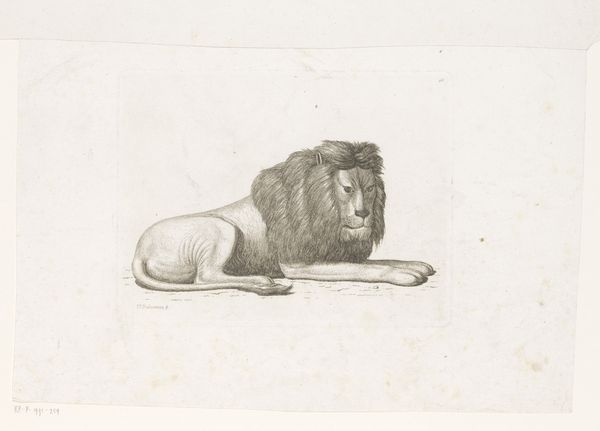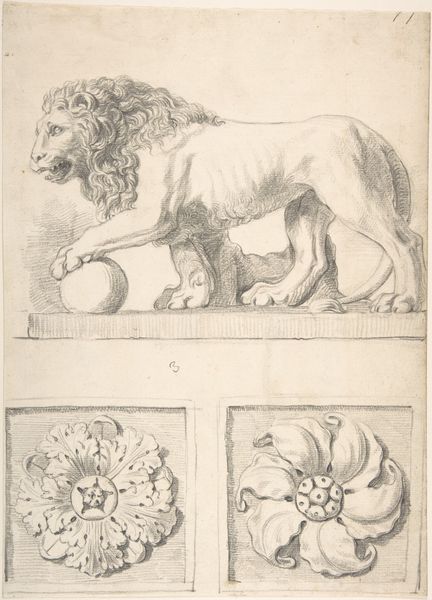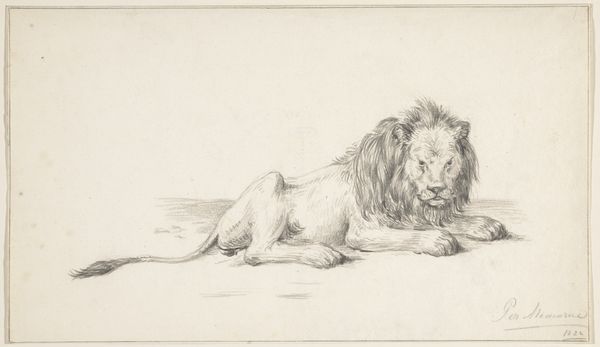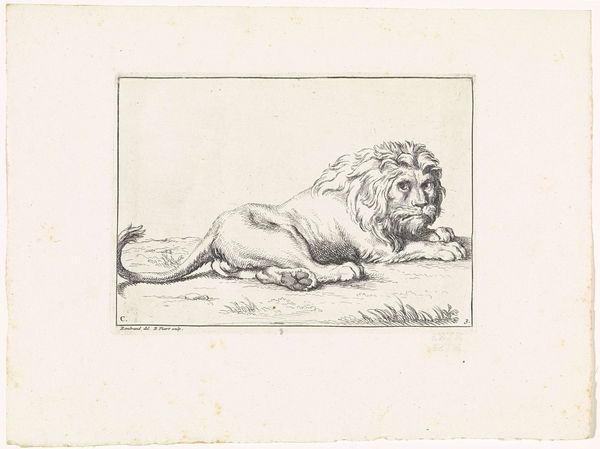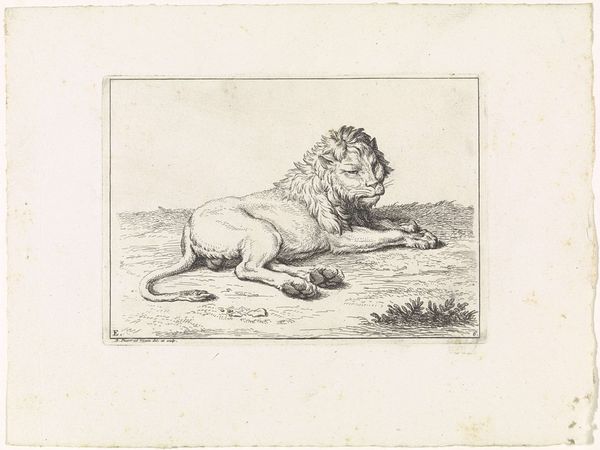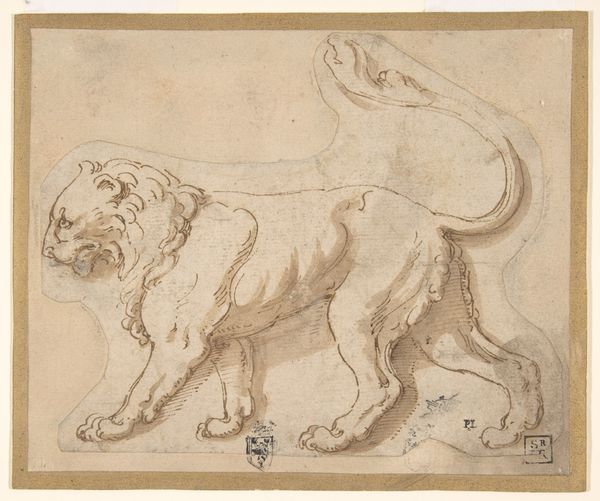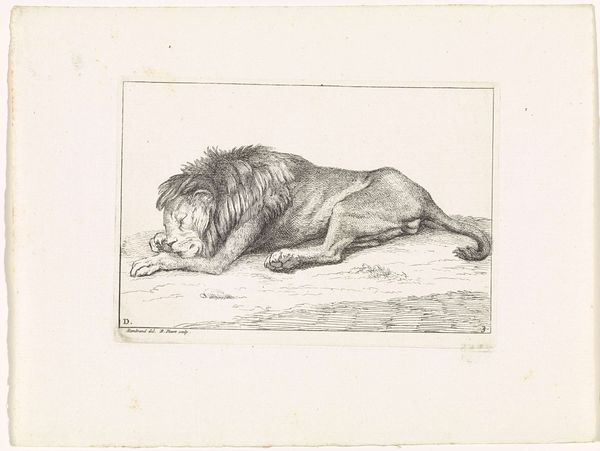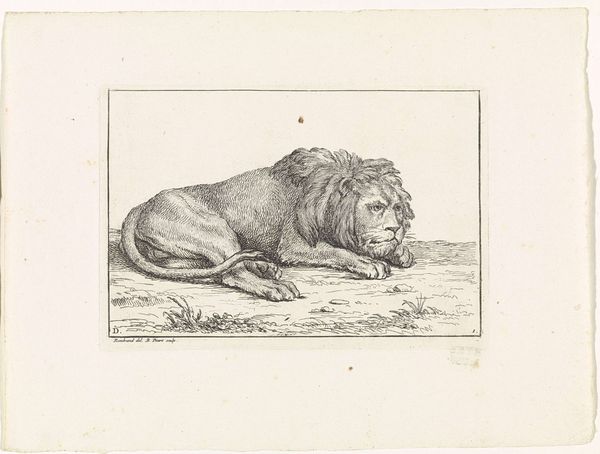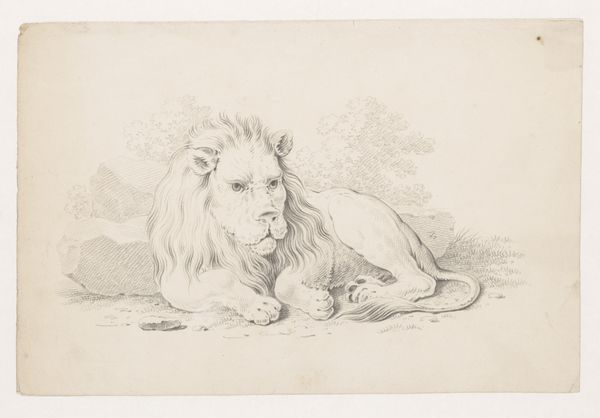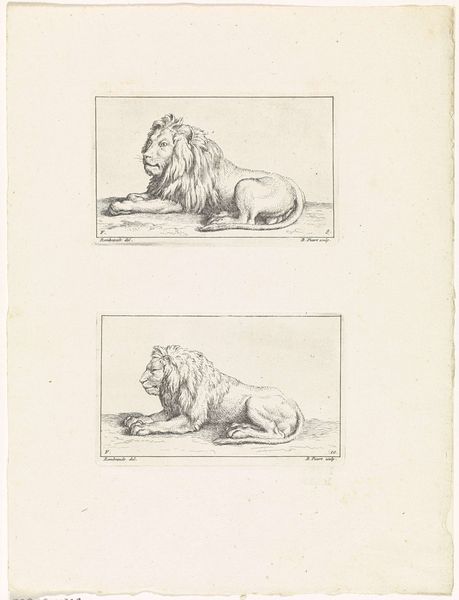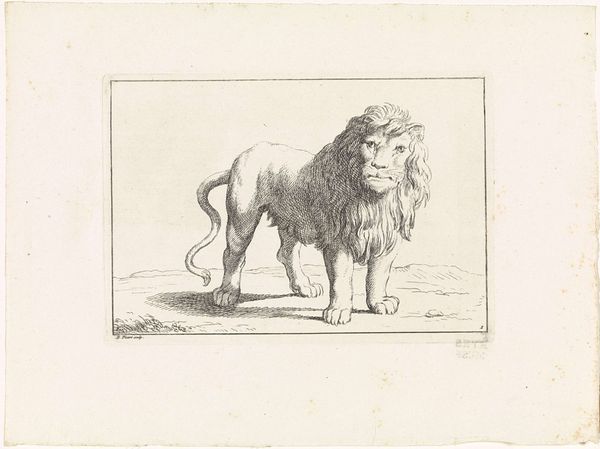
Classical Sculpture of a Lion, Front and Side Views 1776 - 1779
0:00
0:00
drawing, sculpture, pencil
#
drawing
#
landscape
#
classical-realism
#
form
#
pencil drawing
#
ancient-mediterranean
#
sculpture
#
pencil
#
sketchbook drawing
#
academic-art
Dimensions: sheet: 12 1/16 x 9 3/16 in. (30.7 x 23.3 cm)
Copyright: Public Domain
Editor: This drawing, "Classical Sculpture of a Lion, Front and Side Views" by Thomas Hardwick, from around 1776-1779, depicts a sculpture using pencil. I'm struck by how deliberately the artist captures both the frontal and profile perspectives of this classical lion sculpture. What do you see in this piece? Curator: It’s interesting to consider the means of production here. Hardwick, through pencil drawing, is essentially documenting and thus consuming existing artistic labor embodied in the classical sculpture. How does the accessibility of pencil as a medium impact our understanding of classical forms and their transmission through art? Was this lion sculpture originally stone? Were multiple people involved in its production, quarrying the stone, transporting, sculpting? What social and economic structures enabled that labor, and how does this drawing reflect or obscure them? Editor: I hadn't thought about it in terms of labor so directly. So, the ease of making this pencil drawing could democratize access to understanding classical forms? Curator: Precisely. It also invites us to consider what's lost in translation. The original sculpture, no doubt, had texture, weight, and a physical presence that this drawing, for all its skill, can only approximate. Pencil drawings are by definition inexpensive in the context of artistic practice, thus, the sculpture's value gets diminished in that respect, no? We should also acknowledge that the sculpture in question is depicting a powerful symbol of societal hierarchy which can be easily disseminated and consumed. The artist serves the role of manufacturer in this regard. Editor: I see. By focusing on the materiality and the production processes behind both the sculpture and the drawing, we get a clearer understanding of their place within a broader economic and social system. Thanks for expanding my perspective! Curator: Glad to help. It is important to always ask what are the modes of production here; and what they produce beyond the work of art!
Comments
No comments
Be the first to comment and join the conversation on the ultimate creative platform.
